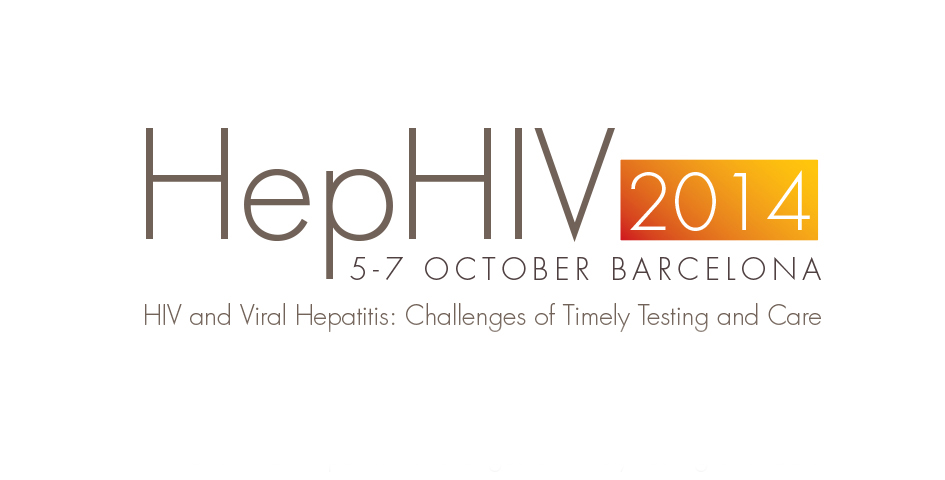HepHIV2014: Call to Action

The HepHIV2014 Conference: Challenges of Timely Testing and Care was held in Barcelona, 5-7 October 2014, co-organised by leading stakeholders in the fields of HIV and viral hepatitis. This Call for Action has been developed by the HIV in Europe Steering Committee and HepHIV2014 Scientific Committee based on input at the conference. It is also available in French, Spanish, German and Russian.
1. Surveillance of viral hepatitis
Assess, nationally and regionally, how many people are infected with viral hepatitis (B and C, acute and chronic), their fibrosis stage, how many present late, and how many remain undiagnosed, over time and by key population, in order to monitor trends and to target interventions better.
2. Defining late diagnosis of viral hepatitis for medical care
Support further consultation to establish a simple and lasting consensus definition for late presentation of viral hepatitis to improve surveillance and enable monitoring of health systems and testing strategies.
3. Testing modalities and targeted testing and communication
Promote multiple testing platforms in community settings, healthcare facilities and the home, with special attention to cost and cost-effectiveness and the possibility of testing all three blood-borne viruses at the same time.
Involve key communities in the tailoring of testing and health promotion messages to their audiences.
4. Indicator-condition-guided testing
Implement indicator-condition-guided HIV testing broadly in healthcare settings, especially general practices.
Develop the evidence to support the concept of indicator-condition-guided testing for viral hepatitis.
5. Health policy strategies
Correlate national health policy strategies with public health outcomes for viral hepatitis, HIV and TB, comparing the Eastern and Western European regions as well as the European Union and the rest of the European Region. Advocate for expansion and support the funding of successful harm-reduction models, such as that developed by Ukraine and adoption of international standards in national strategies.
6. Synergy of infectious disease efforts
Facilitate collaboration between HIV, HBV, HCV, STI and TB activities in research, policy, health promotion, surveillance, testing and education – at the regional, European Union and national levels and among civil society including representatives of key populations.
7. Continuum of care
Develop robust data to inform each component of the continuum of care for viral hepatitis and for HIV, including linkages to affordable state-of-the-art treatment and interventions for prevention and testing.
8. Affordability
Make HIV and viral hepatitis (HBV and HCV) treatment affordable by working to lower drug prices and ensuring that both domestic and international funders contribute to financing the treatment of both conditions.
9. Political leadership
Renewed political leadership of governments, the European Union and international agencies in the European Region is crucial to address the important challenges in viral hepatitis and HIV. Policies and public health interventions need to be based on existing scientific evidence and validated guidelines to inform viral hepatitis and HIV policies and programmes.